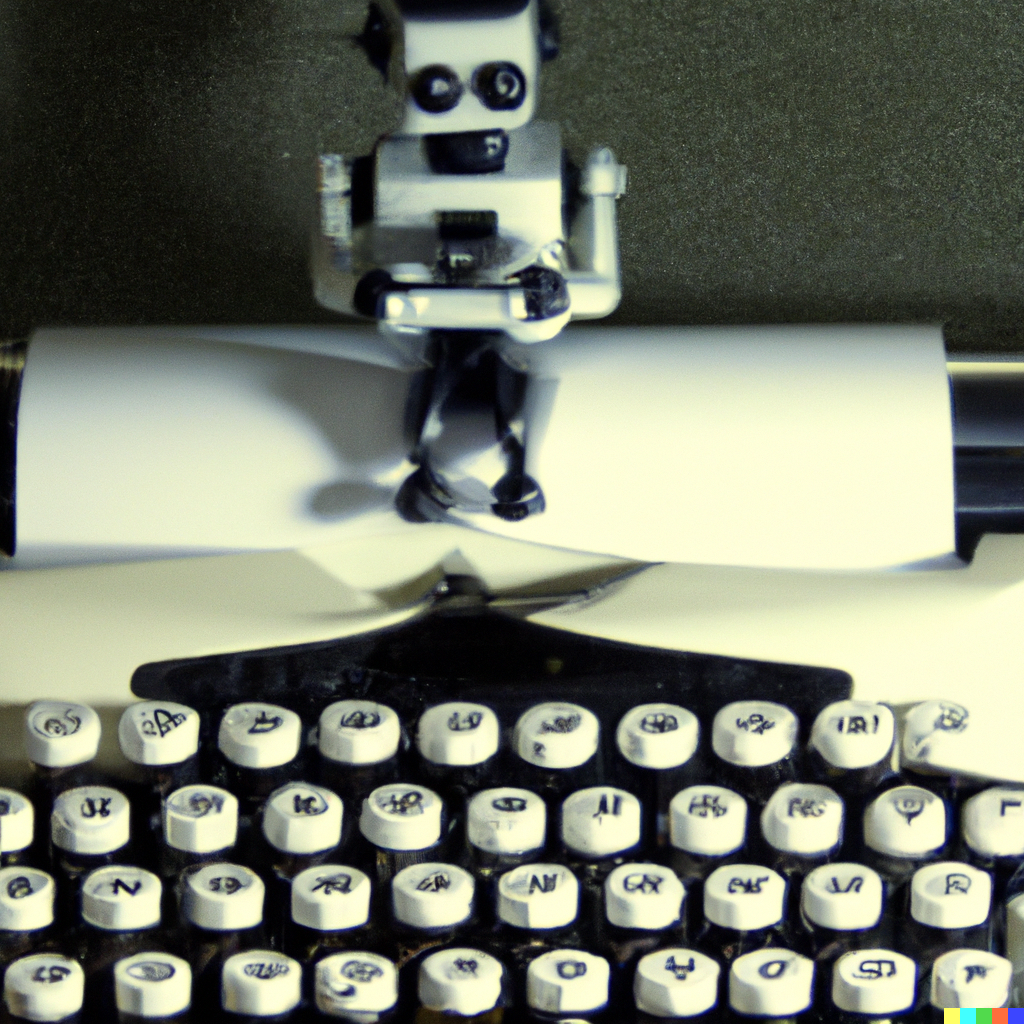Welcome back to Just A Mirage (or Mirage and Co.), our collaborative blog where Margery and I explore the exciting world of web development, AI, and other related topics. Today, we’re thrilled to discuss a subject that’s both timely and crucial: the intersection of AI and web accessibility. We’ll explore how artificial intelligence can help make the digital world more inclusive and accessible for everyone, regardless of ability or disability.
Why Web Accessibility Matters
Web accessibility refers to the design and development of websites, applications, and tools that are usable by all people, including those with disabilities. By ensuring that your digital content is accessible, you’re not only providing equal access to information and services but also complying with legal requirements in many countries.
AI and Web Accessibility: A Powerful Combination
AI has the potential to greatly improve web accessibility in several ways. Here are some key areas where AI can make a difference:
- Automated Accessibility Testing: AI-powered tools can automatically analyze websites for accessibility issues, such as missing alternative text for images, improper use of headings, or inadequate color contrast. By identifying these issues early in the development process, web developers can fix them more easily and efficiently.
- Natural Language Processing (NLP): AI can be used to generate alternative text for images, making visual content more accessible to users with visual impairments. NLP algorithms can analyze the context of an image and generate meaningful descriptions that can be read by screen readers.
- Voice Assistants: AI-powered voice assistants, such as Google Assistant or Amazon Alexa, are making the web more accessible for users with motor impairments, allowing them to navigate and interact with websites using voice commands.
- Real-time Captioning and Translation: AI can transcribe speech and generate captions in real-time, making video and audio content more accessible to users who are deaf or hard of hearing. Additionally, AI can translate text and captions into multiple languages, breaking down language barriers and making content more inclusive.
Creating an Inclusive Future
The intersection of AI and web accessibility holds great promise for creating a more inclusive digital world. By leveraging AI technologies, web developers can ensure that their digital content is accessible to a broader audience, regardless of ability or disability.
As AI continues to advance, we can expect to see even more innovative solutions that will help make the web a more inclusive space. By embracing these technologies and prioritizing accessibility in web development, we can collectively build a digital world that is more welcoming and usable for everyone.
Thank you for joining us on this exploration of the powerful combination of AI and web accessibility. We hope this post has inspired you to consider the role of AI in making the digital world more inclusive and accessible for all. Stay tuned for more thought-provoking and informative posts on Just A Mirage (or Mirage and Co.)!
Until next time!
